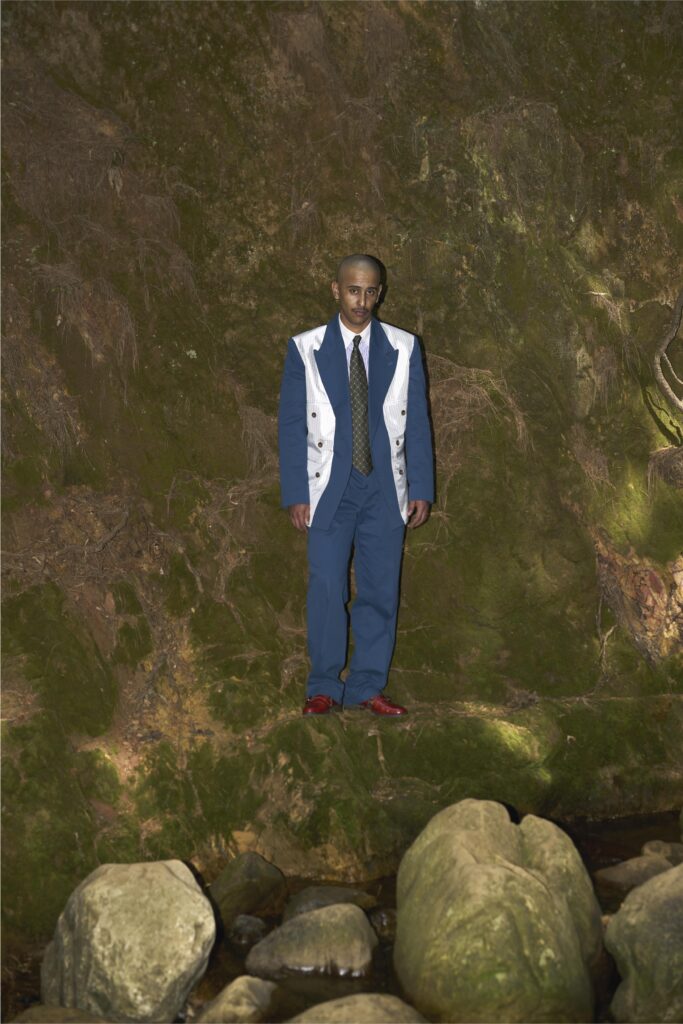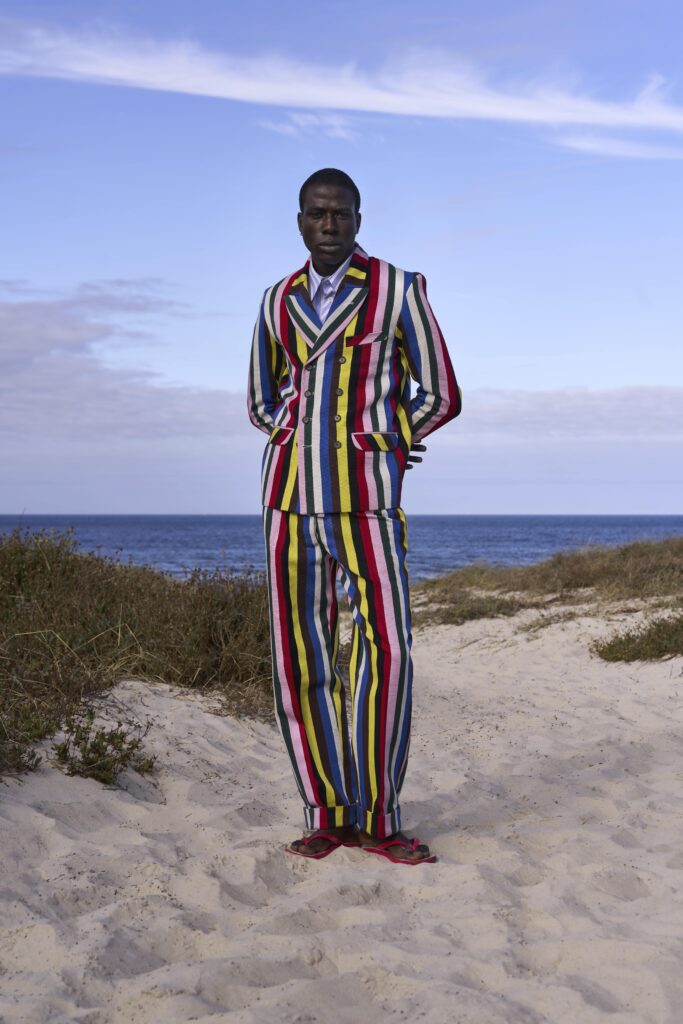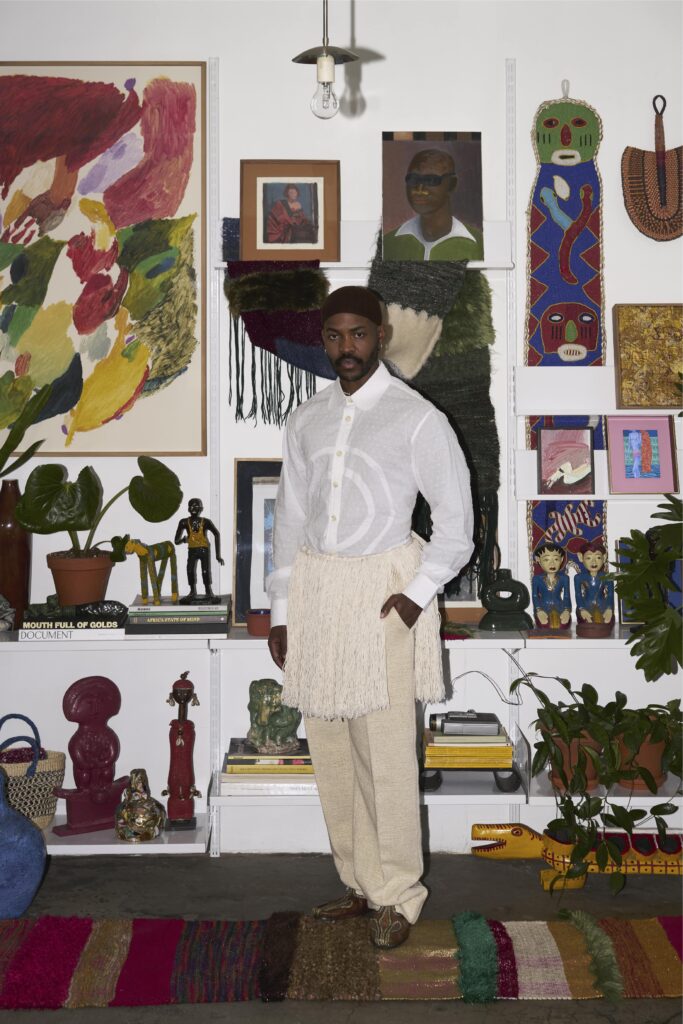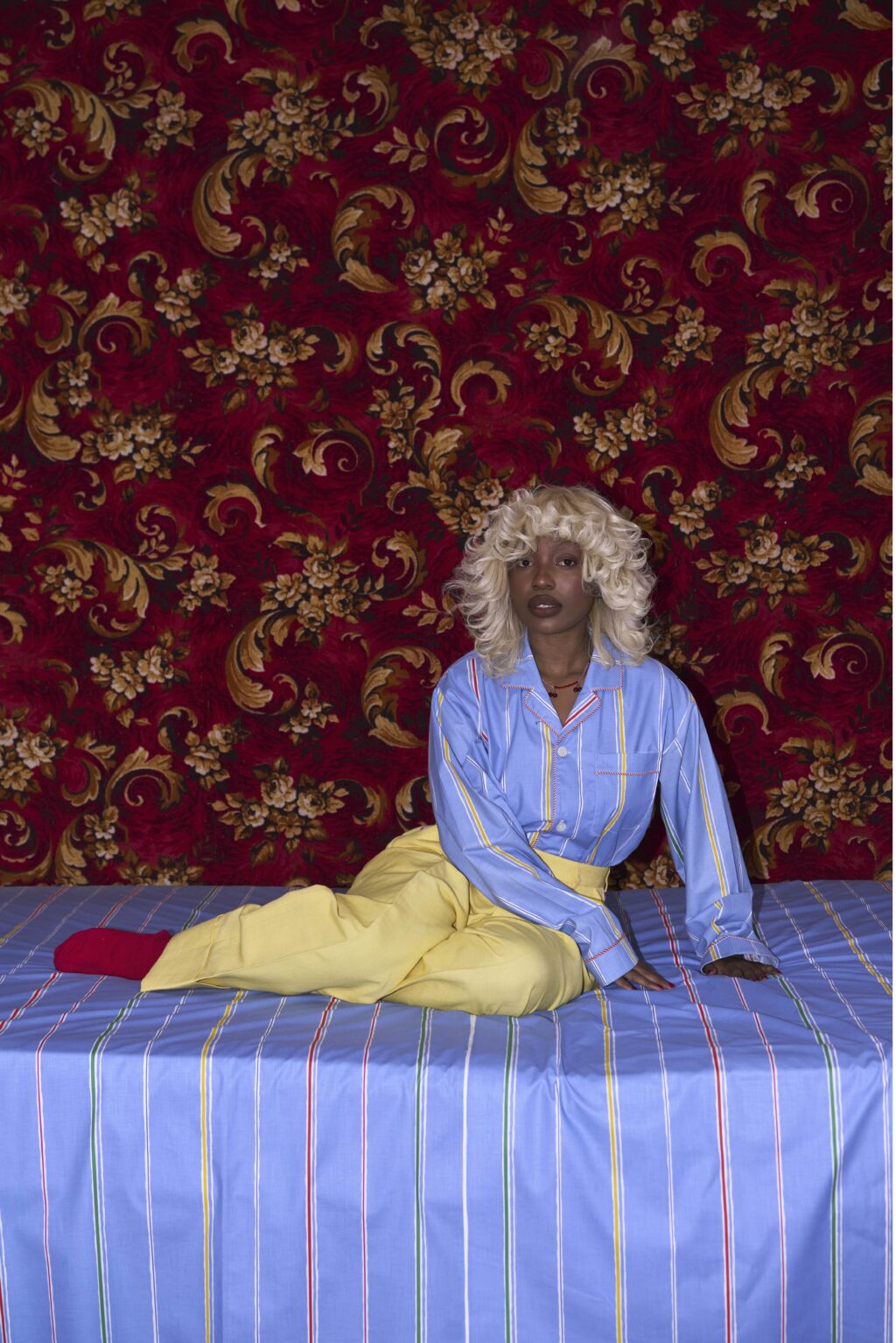The Spirits collection by Wanda Lephoto is a profound celebration of community, heritage, and the human spirit. Rooted in the designer’s belief that “I am because we are,” the collection places family, friendship, and creative kinship at its heart. Tailoring takes the lead with heavy linen overcoats, Ghanaian woven suits, and raw denim sets cut with precision and imbued with symbolism through Zulu emblems and the word Sunsum, Akan for “soul” or “spirit”, printed across shirting. The palette and form reflect both legacy and innovation, combining rich craft with contemporary voice. Rather than simply using models, the campaign gathers peers, friends, and family. Fellow creatives such as crystal milliner Crystal Birch, stylist Masego Morgan, and designer Lukhanyo Mdingi appear wearing pieces from the collection, underscoring how the creative circle becomes part of the work. Spirits tells a layered story. It honours ancestral craft and shared memory while looking to the future, inviting wearers and makers into a space where identity, expression, and belonging are intertwined. In every seam and stripe, Wanda Lephoto seeks to render clothing as more than fashion, as testimony, as connection, as a vessel for spirit. For creatives observing the collection, the lesson is clear. Let your work be anchored in community and past but build it toward openness and possibility. Let form reflect story, let craft reflect intention, and let identity remain expansive rather than constrained. In Spirits, the art of fashion becomes the art of together.

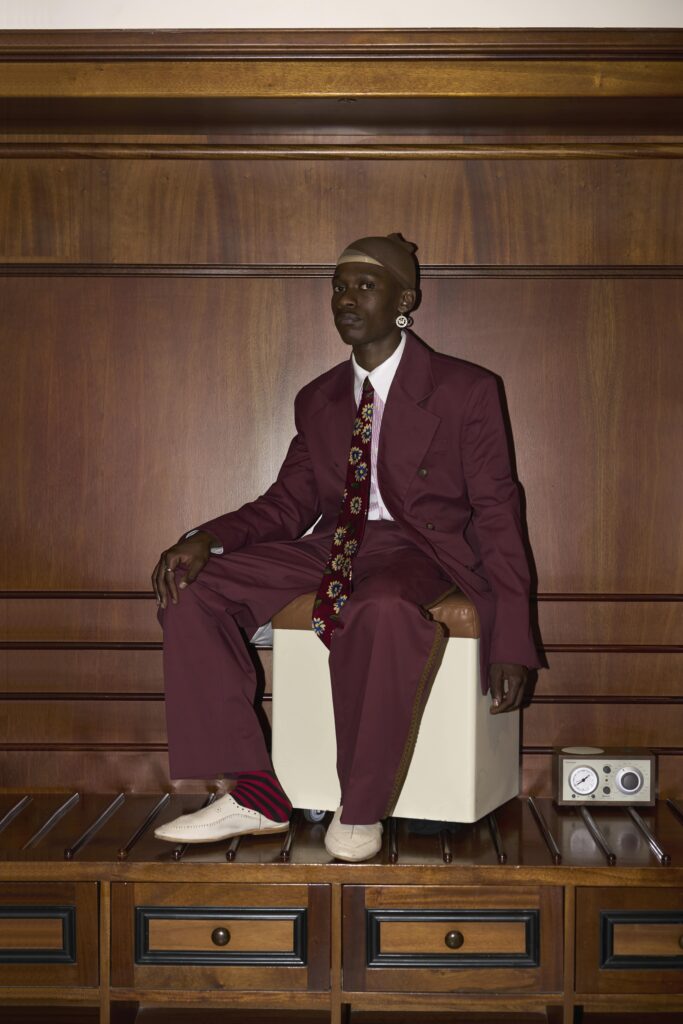
When you encounter the work of Wanda Lephoto, you are confronted with something that transcends the visual splendour of fashion. Their creative practice operates at the intersection of craft, memory, fabric, and identity, where each photograph of a garment, each fold of cloth, and each campaign image is part of a larger effort to archive rather than simply present style. Wanda Lephoto’s approach to photography and visual presentation is deeply rooted in remembering. They describe their work as an effort to fill the gaps left by absent archives of Black South African sartorial practices. “Our process is hugely fuelled by memory and resistance,” they explain. In pictorial terms, their images are not purely aesthetic but act as documents, they bear witness to histories that have been overlooked, and they conjure presence for people and practices that might otherwise be unseen. In the photographs that accompany their collections, the clothing often appears as though it holds the weight of generations. Fabrics show texture, drapes respond to gravity, and silhouettes echo earlier dress codes. The material becomes language, a woven metaphor. Wanda Lephoto sees fashion as a way to express love and gratitude toward a people, a culture, and a history in a deep and meaningful way, something words often fail to convey. The photographic style therefore privileges tactile qualities, the thread, the weave, and the seam, as much as the model or the backdrop.
Visually, there is a preference for what feels archival and grounded. Lighting is often natural or softly directional, so that the garments sit in space rather than float. Backgrounds are minimal or contextualised in real spaces rather than high-gloss studio set-ups, giving the pieces a sense of lived-in authenticity. Their AW2021 collection, Black Renaissance, explicitly referenced the colonial and post-colonial dress archive of South Africa. The imagery worked alongside this theme, evoking old school uniforms, church attendance attire, thrifted jackets, and garments that speak of both everyday life and social ritual. In photographing those garments, the visual tone is one of subtle reflection, there is respect for the subject, and the photography does not fetishise the clothing for its luxury alone, but emphasises the cultural and historical weight it carries.
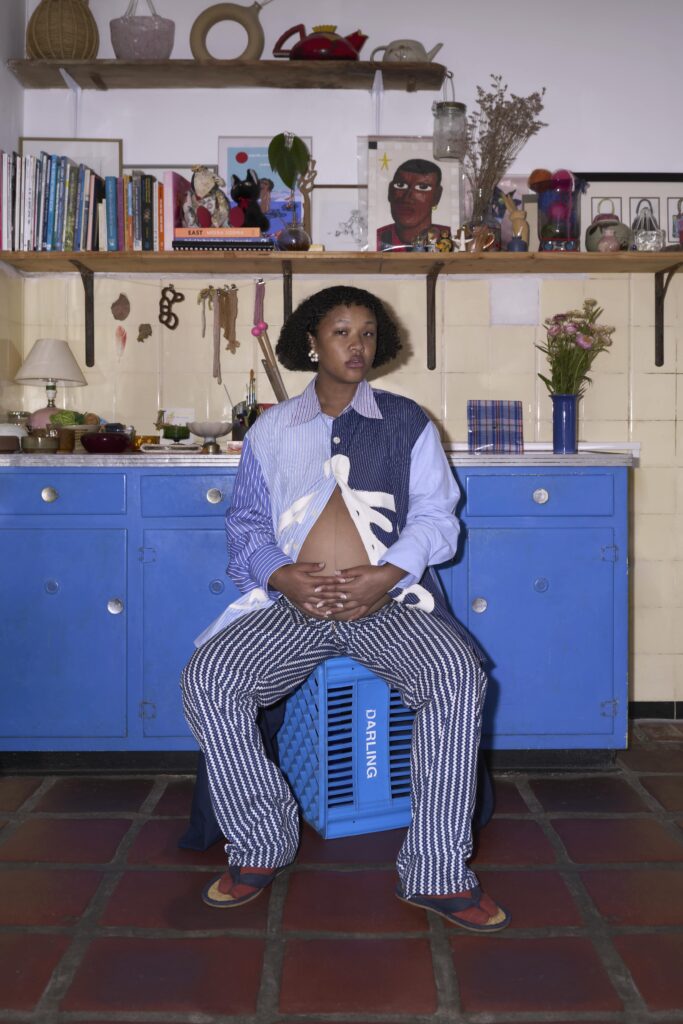
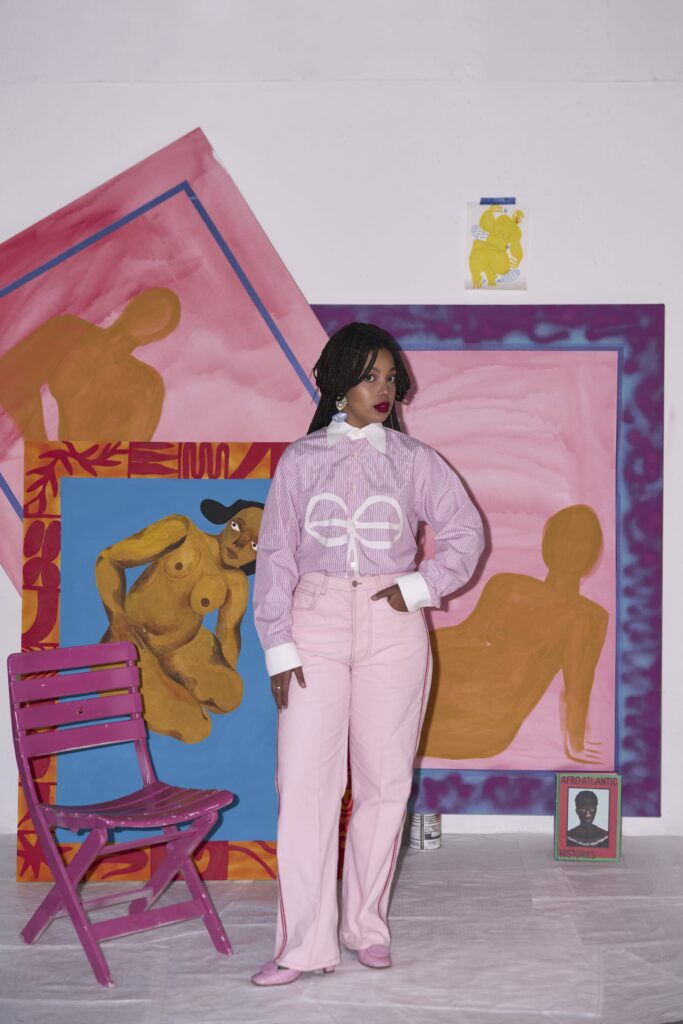
Another key element of Wanda Lephoto’s craft is the way they integrate community and collaboration into the production of imagery. The people photographed often are not just models, but participants in a broader network, a community of makers, thinkers, and friends. That ethos shifts the style from the cold lookbook aesthetic to something warmer and more resonant. They have described how the collective’s success is shared, and how in struggle the experience can be isolating. “When we win we win together, but when we lose we lose alone,” they reflect. This sense of collectivity appears in the photography, images where garments are tethered to people, places, and stories communicate a deeper narrative. In practical terms, the staging and environment for their campaigns often lean into architecture, thrift culture, migration narratives, and lives in motion. For their Our People collection, showcased at the salon style event at the Cape Town hotel The Mount Nelson, A Belmond Hotel, they described watching migrant families in Johannesburg move through space, Sunday traditional dress, Monday work suits, packed bags led back home. The photographic output reflects that multi-layered lived experience, in the mix of accessories, location, poses, and gestures, one sees a narrative of movement and place.
